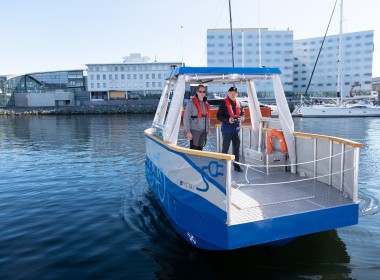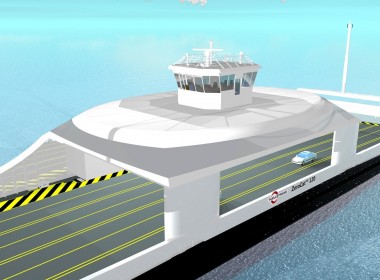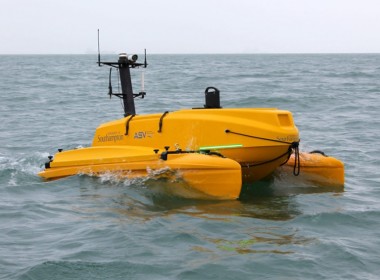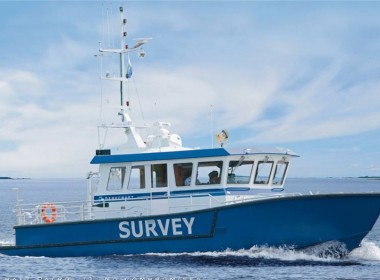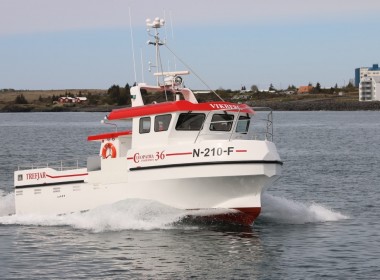VESSEL REVIEW | MilliAmpere 2 – Norwegian university develops autonomous electric ferry demonstrator

The Norwegian University of Science and Technology (Norges teknisk-naturvitenskapelige universitet; NTNU) has completed operational trial sailings of what it claims is the world’s first urban autonomous passenger ferry.
The NTNU-designed autonomous monohull ferry MilliAmpere 2 has just completed operational trials, running a shuttle traffic service across the main channel between Trondheim and Bergen from late September to mid-October 2022. The public was permitted to ride on the ferry during the trial period.
NTNU said this is the first time a self-propelled electric passenger ferry has been put into trial operation along urban waterways. The vessel was developed by researchers and students from several academic areas.
With a length of 8.5 metres and a beam of 3.5 metres, MilliAmpere 2 is a larger and more improved variant of MilliAmpere, an earlier NTNU-designed autonomous ferry prototype that was completed in 2016. The newer vessel is equipped with a greater number of collision avoidance sensors such as rangefinders, cameras, lasers, and a Simrad radar. For propulsion, the vessel relies on four azimuthing thrusters powered by a battery pack.
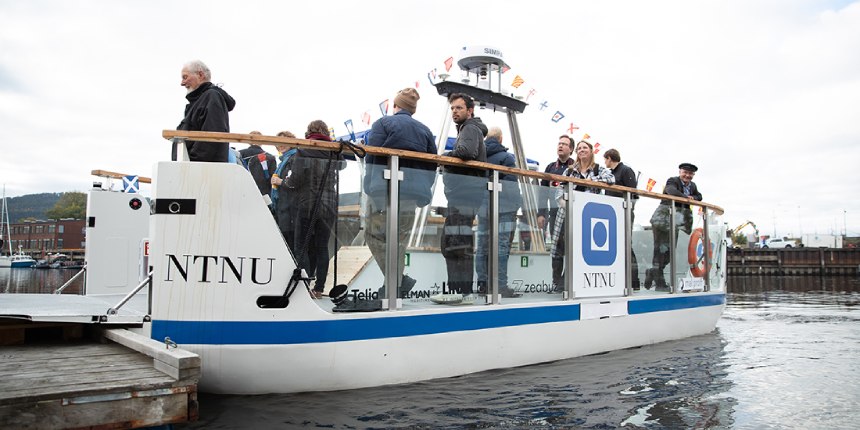
NTNU said experience from the first prototype showed a need for the hull to be able to accommodate more technology. Below deck, the hold is now filled with batteries, chargers, powerful computers, and a system for dynamic positioning. In addition, sensors have been installed to give an operator in a land-based control room in Trondheim a better understanding of the situation to be able to take over control of the ferry should the need arise.
Railings and bench surfaces for the newer vessel are made of wood to provide what the developers said is a warmer feel than with the first ferry. The newbuild also provides a more spacious deck, allowing the passengers to move around more freely even within the limited space.
The ferry has room for 20 people. However, this capacity was limited to a maximum of 12 on each trip during the three-week trial operation.
Morten Breivik, an associate professor at NTNU’s Department of Engineering Cybernetics, said that autonomous ferries like MilliAmpere 2 will be significantly more economical to operate than crewed ferries and can be more easily deployed on multiple routes as necessary.
In the long term, the ferries may make it more attractive to live in the Trondheim district, particularly for young people who want access to better mobility options, Breivik adds.
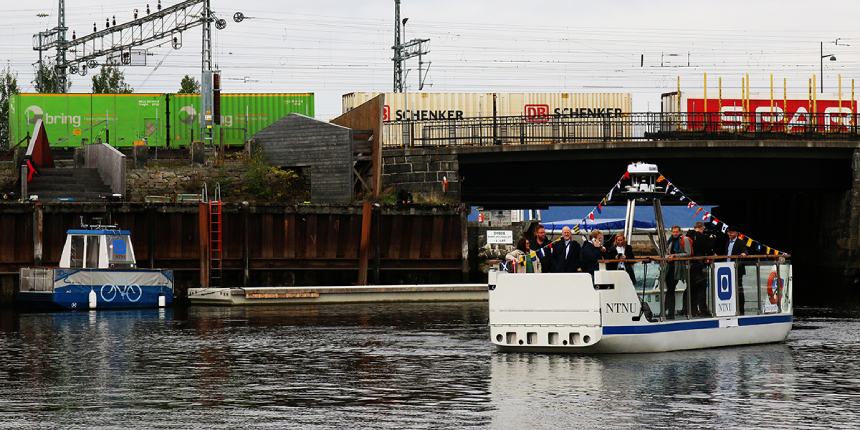
| MilliAmpere 2 | |
| SPECIFICATIONS | |
| Type of vessel: | Ferry/Technology demonstrator |
| Flag: | Norway |
| Owner: | Norwegian University of Science and Technology |
| Length overall: | 8.5 metres |
| Beam: | 3.5 metres |
| Propulsion: | 4 x thrusters |
| Radar: | Simrad |
| Passengers: | 20 |
| Operational area: | Trondheim, Norway |


